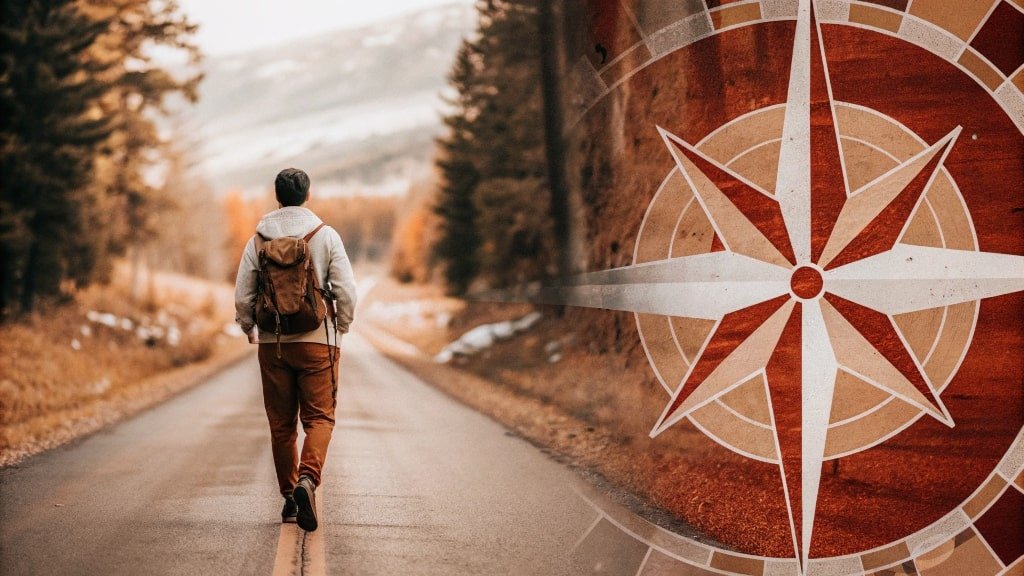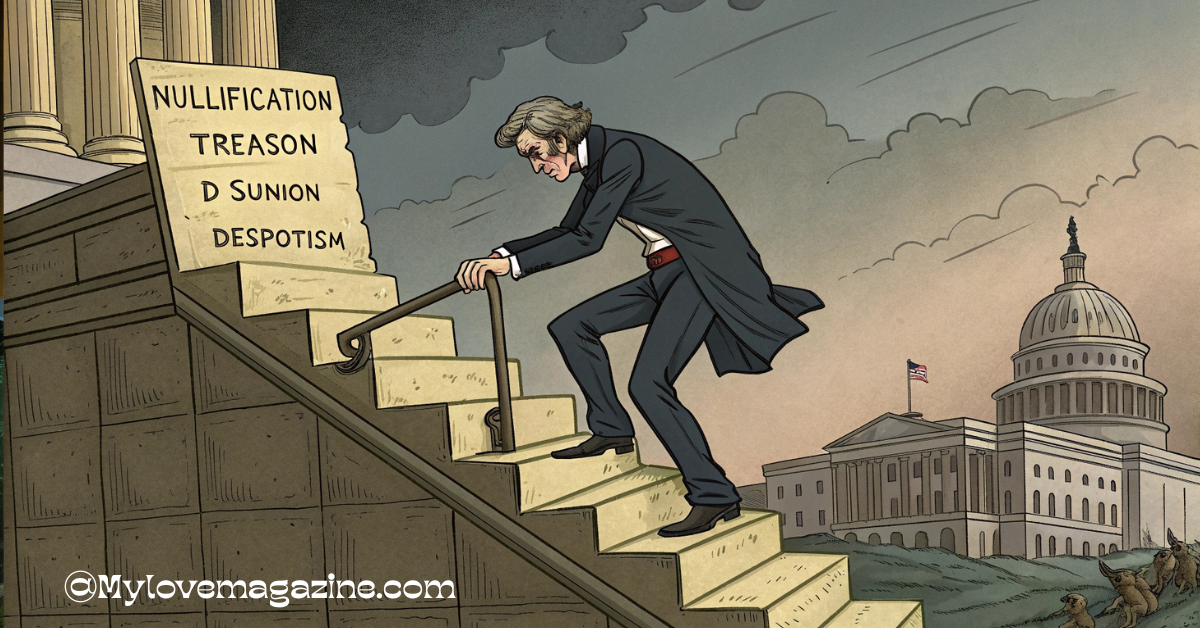Symbolism of Travel: Meaning, Journey, and Discovery!
The symbolism of Travel reflects life’s deeper journey—growth, change, and self-discovery. Across stories, cultures, and religions, travel stands for transformation, freedom, and purpose. It turns every step into a meaningful path beyond just physical movement.
In this article, we explore the symbolism of travel—a powerful idea beyond physical movement. We discover how journeys reflect change, growth, and the search for meaning in life.
What does travel symbolise beyond just physical movement?
The symbolism of travel goes far beyond just going from one place to another. Travel often stands for change, growth, and new beginnings. It shows how people move not only in space but also in life. Every journey can mean a step toward self-discovery, a shift in seeing the world, or a chance to break free from old habits.
For many, travel symbolises leaving behind fear, comfort, or routine. It can mean finding freedom, learning something new, or starting fresh. Even when the trip is short, it may still bring a more profound message or lesson.
Travel often reveals a deeper path in books, films, and stories. It reflects the ups and downs of life. The road can be long or rough, but it teaches, shapes, and reveals. This makes travel’s symbolism rich and powerful.
So, travel is more than motion. It symbolises moving forward, reaching beyond limits, and discovering what lies ahead.
How has travel symbolised exploration, discovery, and progress throughout history?

The symbolism of travel has always been tied to the spirit of exploration, discovery, and progress. Since ancient times, humans have embarked on journeys to move, learn, grow, and connect with the unknown.
In early history, travel meant crossing oceans, deserts, and mountains to trade, find new lands, and meet other cultures. This created change. It helped people share ideas, tools, languages, and beliefs. Travel symbolism during this time showed a deep hunger for more than survival—a drive for growth.
Famous journeys, such as Marco Polo, Ibn Battuta, or Lewis and Clark, became symbols of human curiosity. Their stories showed that travel can lead to bold steps, new paths, and big leaps forward.
As time passed, travel became a symbol of progress. Trains, ships, and planes changed the world. People moved faster, learned faster, and saw farther. The symbolism of travel turned into a sign of modern life, global thinking, and future goals.
So, throughout history, travel has always meant more than motion. It has stood for daring to go beyond, finding what’s new, and building a better world.
How is travel used as a metaphor for life’s journey and personal growth?
The symbolism of travel often reflects the way we move through life. Life has turns, stops, and new directions like a real journey. That’s why travel is usually a potent metaphor for personal growth.
When people talk about life as a journey, they usually mean that every step matters. There are good times, hard times, and lessons along the way. In this way, the symbolism of travel shows how we grow, change, and learn from experience. It reminds us that the path is just as critical as the destination.
In many stories and real-life examples, travel represents a break from the normal, a time to explore the unknown. It can be a time for reflection, healing, or learning something new about ourselves. Each place visited and each road taken can hold meaning, helping us move forward.
So, travel symbolism is more than just movement. It shows how life is a journey, full of moments that shape who we are and where we’re going.
What does travel represent in literature, mythology, and classic storytelling?
- Symbol of inner transformation: Travel often mirrors a character’s emotional or spiritual journey, showing how they grow through challenges.
- Journey of the hero: In mythology, the hero’s path (like Odysseus or Hercules) reflects courage, struggle, and self-discovery.
- Escape and return: Characters leave the familiar to face the unknown, returning with new knowledge or strength.
- Search for truth: In classic stories, travel often symbolises the quest for meaning, purpose, or identity.
- Crossing boundaries: Travel in stories reflects breaking physical, emotional, or cultural limits.
- Meeting the unknown symbolises facing fear, change, or the mysterious aspects of life.
- Reflection on life’s journey: The road, the stops, the obstacles—each travel stage often reflects life stages.
- Universal theme: The symbolism of travel is timeless and speaks to readers across cultures and generations.
How do different cultures and religions interpret the symbolism of travel?
- Indigenous cultures: Travel is seen as a spiritual path, often connected to nature, rituals, and personal vision quests.
- Buddhism: The symbolism of travel reflects the journey toward enlightenment, with life as a path to inner peace.
- Christianity: Travel often symbolizes pilgrimage, a journey toward faith, forgiveness, or a deeper relationship with God.
- Islam: The Hajj pilgrimage to Mecca is a sacred duty, symbolizing unity, spiritual cleansing, and devotion.
- Hinduism: Life is seen as a journey of the soul, and travel represents moving through stages of karma and spiritual growth.
- Western culture often links travel to freedom, adventure, and the search for individual purpose.
- Eastern philosophies: See travel as a path to harmony, balance, and understanding the self in a larger universe.
- Across all cultures, travel symbolism often reflects change, connection, and the search for something greater than ourselves.
What Psychological and Emotional Meanings Are Attached to Travel?

The symbolism of travel holds deep psychological and emotional meanings. Travel is not just about going to new places. It connects with how people feel, think, and grow inside.
- It shows a break from routine. Travel can mean freedom from daily stress.
- It reflects change. People see it as a fresh start or a new chapter in life.
- It supports healing. Many use travel to feel better after emotional pain.
- It helps with self-discovery. Being away from home gives space to reflect.
- It brings clarity. Different places bring new ways to see life.
- It reduces fear. Facing the unknown builds strength and courage.
- It increases joy. Travel creates moments of happiness and peace.
The symbolism of travel also touches the mind. It teaches people to be open, adaptable, and value life’s journey.
How Does Travel Reflect Spiritual Journeys and Paths to Enlightenment?
The symbolism of travel is often linked to spiritual growth and the search for inner peace. It is more than a trip—it becomes a soul journey.
- Travel reflects a pilgrimage—a walk toward more profound meaning.
- It shows a path to enlightenment, like moving from darkness to light.
- Sacred travel helps people feel closer to a higher power.
- It often includes silence, prayer, or reflection in quiet places.
- Spiritual travel helps people leave behind ego, pride, or fear.
- The journey tests patience and brings personal awakening.
- Many religions use travel to teach lessons about faith and devotion.
The symbolism of travel in spiritual life shows that movement outside often brings growth inside. It helps people find purpose and connect with what truly matters.
What Symbols, Like Roads, Ships, Horses, or crossroads, Reveal Deeper Meanings in Travel?
In the symbolism of travel, objects like roads, ships, horses, and crossroads carry deep meanings. They are more than travel tools—powerful signs of personal and life changes.
- Roads: Show the path of life. They stand for progress, direction, and new choices.
- Ships: Symbolize adventure, leaving comfort, and facing the unknown. Ships also show the courage to explore what lies ahead.
- Horses: Represent power, energy, and freedom. In many cultures, horses are linked with strength and personal drive.
- Crossroads: Make big decisions. They show moments in life when people must choose a path, often tied to fate or destiny.
Each symbol adds to the rich symbolism of travel. They help us understand every journey’s emotional, spiritual, and personal meaning.
What Do Different Modes of Travel—Walking, Sailing, Flying—Symbolize About Freedom, Power, and Change?
In the world of travel symbolism, how we move—on foot, by sea, or through the air—can say a lot about who we are and where we’re headed. These travel styles reflect different ideas about life, growth, and freedom.
- Walking: This shows patience, self-discovery, and inner peace. It connects us to the earth and ourselves. Walking often stands for slow, profound change.
- Sailing: Symbolizes adventure, letting go, and trusting the journey. The sea is vast and unknown, so sailing is about moving with the flow of life and exploring what’s out there.
- Flying: Shows freedom, power, and a high view of life. It often means rising above limits, gaining a new perspective, and reaching goals faster.
Each way of moving carries its meaning. In the symbolism of travel, these forms aren’t just physical—they reflect our emotional, mental, and life states.
How does travel symbolize the search for identity, home, and belonging?

In travel symbolism, moving from one place to another often signifies something much deeper than physical movement. It reflects a personal search for identity, a sense of home, and true belonging.
Many travel not only to see new places but also to discover who they are.
They might visit the land of their ancestors, learn about different cultures, or explore places that feel familiar to their soul. This journey becomes a way to connect with their roots and understand their purpose. Sometimes, people feel lost or uncertain, and travel becomes a path toward meaning. In this way, the symbolism of travel shows how the road can help us find answers within ourselves.
For others, the feeling of home isn’t tied to a single location—it’s something they find along the way. Traveling, with all its ups and downs, teaches people what matters to them. Through this symbol, travel becomes more than movement, reflecting our most profound need to feel connected, grounded, and understood.
Why is the hero’s journey a universal symbol in adventure and transformation?
The symbolism of travel is deeply connected to the hero’s journey, a universal story pattern seen in myths, books, and movies worldwide. In this journey, the hero leaves their familiar world, faces struggles, learns hard lessons, and returns changed.
This path mirrors real-life travel, where stepping outside comfort leads to growth. It’s so powerful because people relate to the idea of transformation through challenge. The road, the trials, and the helpers met along the way all represent parts of our own personal journeys.
In this way, travel symbolism becomes a tool for understanding life, change, and the courage needed to grow. The hero’s journey is a timeless symbol of adventure and transformation in stories and life.
How Is the Symbolism of Travel Reflected in Art, Music, Film, and Dreams?
The symbolism of travel often appears in art, music, film, and dreams to show deeper emotions, personal journeys, and life changes. In paintings, travel might be demonstrated through roads, boats, or open skies—symbols of movement, freedom, or change.
In music, travel themes speak to leaving behind the past, searching for meaning, or longing for home. Films often use travel to tell stories of growth, discovery, or escape, where characters go on a journey to find themselves.
Travel can mean transition, confusion, or a wish for something new, even in dreams. Across all these forms, the symbolism of travel helps express the human need to explore not just the world, but our thoughts, hopes, and emotions.
Why Are Road Trips, Pilgrimages, and Solo Journeys Symbols of Self-Discovery and Rebellion?
The symbolism of travel becomes powerful in road trips, pilgrimages, and solo journeys. These forms of travel often stand for breaking away from routine, rules, or expectations. A road trip can show freedom and a desire to live on one’s terms. Pilgrimages, while spiritual, also reflect deep personal searching.
Solo journeys highlight independence and the courage to face the world alone. In all these, travel becomes a tool for self-discovery—a way to learn, grow, and understand who we are. At the same time, they show quiet rebellion, a push against limits or roles set by society. Through the symbolism of travel, these journeys tell the story of finding freedom and purpose.
How Can Understanding Travel Symbolism Deepen Your Real-World Travel Experiences?
When you understand the symbolism of travel, each journey takes on new meaning. It’s not just about the destination—it becomes a chance to reflect, grow, and connect. A road might symbolize a new path in life.
A mountain can stand for a challenge you’re ready to face. Even simple moments, like walking through a new city or sitting by the ocean, carry deeper feelings of freedom, hope, or change. Seeing travel this way helps you feel more present and aware.
It turns ordinary trips into personal stories. By noticing these symbols, your travel experiences feel more prosperous, more meaningful, and more connected to who you are.
What Can We Learn by Embracing the Hidden Meanings of Travel in Everyday Life?

The symbolism of travel isn’t only found in big trips or faraway places—it also lives in our daily lives. Each new step, choice, or change can feel like a journey. When we embrace the hidden meanings of travel, we learn to see growth in small moments.
A morning walk can symbolize peace. A new job may represent a fresh path. Even getting lost or facing challenges can help us grow. These daily “travels” teach us about strength, purpose, and who we are becoming. By paying attention to these symbols, we find meaning in the simple things and learn to move through life with more awareness and heart.
FAQ’s
1. What does travel symbolize in spirituality and religion?
The symbolism of travel in spirituality often stands for inner growth, soul-searching, and the path to enlightenment. It reflects the journey toward a deeper connection with the divine or the self.
2. What are the best symbols for travel and adventure?
Common symbols include compasses (guidance), maps (exploration), backpacks (readiness), and arrows (direction). These represent freedom, courage, and the spirit of adventure.
3. How is travel used as a symbol in famous literature?
In literature, travel symbolizes transformation, discovery, and personal growth. Stories like The Odyssey or The Alchemist use travel as a metaphor for life’s trials and self-realization.
4. What are the most common travel symbols and their meanings?
- Roads: life path or choices
- Ships: facing the unknown
- Mountains: challenges
- Crossroads: decisions
- Wings: freedom and change
These all reflect the deep symbolism of travel as movement and meaning.
5. How did ancient cultures represent travel symbolically?
Ancient cultures used myths, maps, and sacred routes to show travel as divine or transformative. Pilgrimages, journey tales, and animal guides symbolized purpose, destiny, and change.
6. What symbols make meaningful “journey” tattoos?
Popular travel tattoo symbols include:
- Compass: direction in life
- Globe: love for the world
- Footprints: personal growth
- Waves or birds: freedom
These reflect personal journeys and the symbolism of travel in one’s life.
7. How is the journey of life symbolized in myths and art?
Myths and art depict life’s journey as a road, river, or mountain path. Travel symbolism appears in heroes’ quests, sacred voyages, and dreamlike landscapes that reflect transformation.
8. What objects or animals symbolize a journey or transformation?
- Butterfly: personal change
- Horse: freedom and strength
- Boat: spiritual travel
- Staff or walking stick: guidance
These symbols highlight the deep, personal meanings tied to travel and transformation.
Conclusion:
In every journey, whether across continents or through daily life, the symbolism of travel reveals something powerful. It teaches us that travel is not just about reaching places; it’s about discovering parts of ourselves we didn’t know existed. It stands for change, courage, healing, and hope. Whether we walk a quiet path, take a road trip, or dream of flying, each movement carries a deeper meaning. By understanding the symbolism of travel, we open our eyes to more than sights—we begin to see the soul of the journey. And in that, we find purpose, identity, and a sense of belonging that stays with us long after the trip ends.













Post Comment